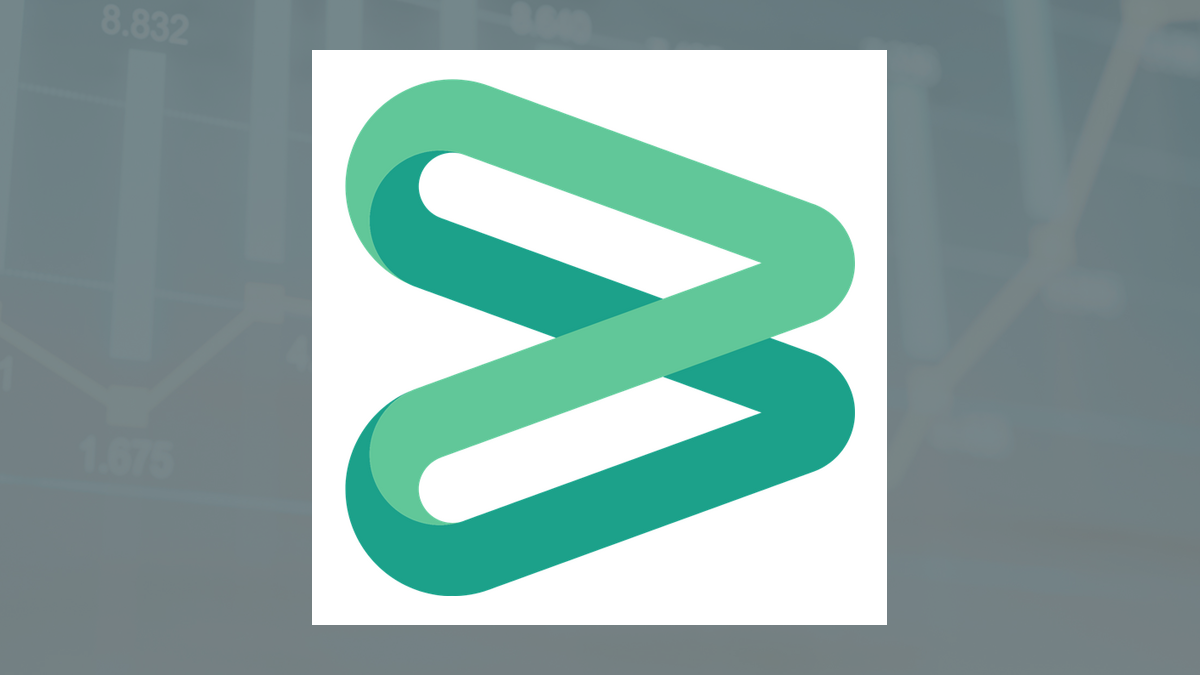Solaris Energy Infrastructure (NASDAQ:SEI – Get Free Report) and Baker Hughes (NASDAQ:BKR – Get Free Report) are both oils/energy companies, but which is the better investment? We will contrast the two businesses based on the strength of their profitability, analyst recommendations, earnings, valuation, institutional ownership, risk and dividends.
Insider & Institutional Ownership
67.4% of Solaris Energy Infrastructure shares are held by institutional investors. Comparatively, 92.1% of Baker Hughes shares are held by institutional investors. 34.7% of Solaris Energy Infrastructure shares are held by insiders. Comparatively, 0.3% of Baker Hughes shares are held by insiders. Strong institutional ownership is an indication that hedge funds, large money managers and endowments believe a company is poised for long-term growth.
Earnings & Valuation
This table compares Solaris Energy Infrastructure and Baker Hughes”s revenue, earnings per share and valuation.
| Gross Revenue | Price/Sales Ratio | Net Income | Earnings Per Share | Price/Earnings Ratio | |
| Solaris Energy Infrastructure | $280.14 million | 8.67 | $24.34 million | $0.44 | 82.24 |
| Baker Hughes | $27.83 billion | 1.62 | $2.98 billion | $2.98 | 15.31 |
Analyst Ratings
This is a summary of current recommendations and price targets for Solaris Energy Infrastructure and Baker Hughes, as provided by MarketBeat.
| Sell Ratings | Hold Ratings | Buy Ratings | Strong Buy Ratings | Rating Score | |
| Solaris Energy Infrastructure | 0 | 0 | 4 | 1 | 3.20 |
| Baker Hughes | 0 | 2 | 17 | 0 | 2.89 |
Solaris Energy Infrastructure presently has a consensus target price of $40.00, suggesting a potential upside of 10.54%. Baker Hughes has a consensus target price of $51.06, suggesting a potential upside of 11.92%. Given Baker Hughes’ higher probable upside, analysts clearly believe Baker Hughes is more favorable than Solaris Energy Infrastructure.
Profitability
This table compares Solaris Energy Infrastructure and Baker Hughes’ net margins, return on equity and return on assets.
| Net Margins | Return on Equity | Return on Assets | |
| Solaris Energy Infrastructure | 4.80% | 6.66% | 4.12% |
| Baker Hughes | 10.70% | 14.58% | 6.30% |
Volatility and Risk
Solaris Energy Infrastructure has a beta of 1.35, suggesting that its share price is 35% more volatile than the S&P 500. Comparatively, Baker Hughes has a beta of 1.39, suggesting that its share price is 39% more volatile than the S&P 500.
Dividends
Solaris Energy Infrastructure pays an annual dividend of $0.48 per share and has a dividend yield of 1.3%. Baker Hughes pays an annual dividend of $0.92 per share and has a dividend yield of 2.0%. Solaris Energy Infrastructure pays out 109.1% of its earnings in the form of a dividend, suggesting it may not have sufficient earnings to cover its dividend payment in the future. Baker Hughes pays out 30.9% of its earnings in the form of a dividend. Baker Hughes is clearly the better dividend stock, given its higher yield and lower payout ratio.
Summary
Baker Hughes beats Solaris Energy Infrastructure on 12 of the 17 factors compared between the two stocks.
About Solaris Energy Infrastructure
 Solaris Energy Infrastructure, Inc. is a holding company, which engages in the manufacture of patented mobile proppant management systems that unload, store, and deliver proppant to oil and natural gas well sites. Its products include Mobile Proppant and Mobile Chemical Management Systems, and Inventory Management Software. The firm’s services include field, last mile management, and transloading services. The company was founded by William A. Zartler in 2014 and is headquartered in Houston, TX.
Solaris Energy Infrastructure, Inc. is a holding company, which engages in the manufacture of patented mobile proppant management systems that unload, store, and deliver proppant to oil and natural gas well sites. Its products include Mobile Proppant and Mobile Chemical Management Systems, and Inventory Management Software. The firm’s services include field, last mile management, and transloading services. The company was founded by William A. Zartler in 2014 and is headquartered in Houston, TX.
About Baker Hughes
 Baker Hughes Company provides a portfolio of technologies and services to energy and industrial value chain worldwide. The company operates through Oilfield Services & Equipment (OFSE) and Industrial & Energy Technology (IET) segments. The OFSE segment designs and manufactures products and provides related services, including exploration, appraisal, development, production, rejuvenation, and decommissioning for onshore and offshore oilfield operations. This segment also provides drilling services, drill bits, and drilling and completions fluids; completions, intervention, measurements, pressure pumping, and wireline services; artificial lift systems, and oilfield and industrial chemicals; subsea projects and services, flexible pipe systems, and surface pressure control systems; and integrated well services and solutions. It serves oil and natural gas companies; the United States and international independent oil and natural gas companies; national or state-owned oil companies; engineering, procurement, and construction contractors; geothermal companies; and other oilfield service companies. The IET segment provides gas technology equipment, including drivers, driven equipment, flow control, and turnkey solutions for the mechanical-drive, compression, and power-generation applications; and energy sectors, such as oil and gas, LNG operations, petrochemical, and carbon solutions. This segment also provides rack-based vibration monitoring equipment and sensors; integrated asset performance management products; inspection services; pumps, valves, and gears; precision sensors and instrumentation, and condition monitoring solutions. It serves upstream, midstream, downstream, onshore, offshore, and small and large scale customers. The company was formerly known as Baker Hughes, a GE company and changed its name to Baker Hughes Company in October 2019. Baker Hughes Company was incorporated in 2016 and is based in Houston, Texas.
Baker Hughes Company provides a portfolio of technologies and services to energy and industrial value chain worldwide. The company operates through Oilfield Services & Equipment (OFSE) and Industrial & Energy Technology (IET) segments. The OFSE segment designs and manufactures products and provides related services, including exploration, appraisal, development, production, rejuvenation, and decommissioning for onshore and offshore oilfield operations. This segment also provides drilling services, drill bits, and drilling and completions fluids; completions, intervention, measurements, pressure pumping, and wireline services; artificial lift systems, and oilfield and industrial chemicals; subsea projects and services, flexible pipe systems, and surface pressure control systems; and integrated well services and solutions. It serves oil and natural gas companies; the United States and international independent oil and natural gas companies; national or state-owned oil companies; engineering, procurement, and construction contractors; geothermal companies; and other oilfield service companies. The IET segment provides gas technology equipment, including drivers, driven equipment, flow control, and turnkey solutions for the mechanical-drive, compression, and power-generation applications; and energy sectors, such as oil and gas, LNG operations, petrochemical, and carbon solutions. This segment also provides rack-based vibration monitoring equipment and sensors; integrated asset performance management products; inspection services; pumps, valves, and gears; precision sensors and instrumentation, and condition monitoring solutions. It serves upstream, midstream, downstream, onshore, offshore, and small and large scale customers. The company was formerly known as Baker Hughes, a GE company and changed its name to Baker Hughes Company in October 2019. Baker Hughes Company was incorporated in 2016 and is based in Houston, Texas.
Receive News & Ratings for Solaris Energy Infrastructure Daily - Enter your email address below to receive a concise daily summary of the latest news and analysts' ratings for Solaris Energy Infrastructure and related companies with MarketBeat.com's FREE daily email newsletter.
